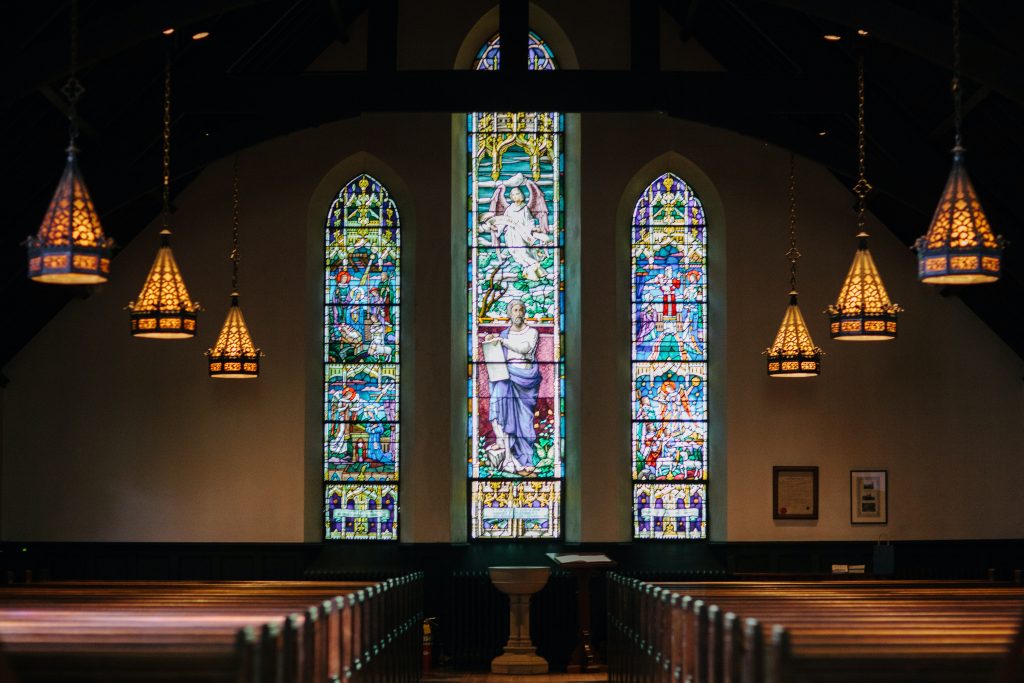Even organizations that started with the best of intentions can find themselves dealing with the stigma of a toxic environment. Especially as COVID-19 rages on, it’s harder and harder to maintain the most amicable of environments. It can impact mental health, as well as cause friction between the clergy and other family members, as well as impressionable young adults that are part of your church who may have negative influences at times.
It’s important to navigate the risk factors and find solutions before these issues undo all the hard work you’ve put into your church. Here’s what you need to know.
1. It’s becoming political.
If different members of the clergy are constantly lobbying for this, advocating for that, and seemingly pushing an agenda as to how things should be run, you could be experiencing an internal crisis in your church. This kind of toxicity is often difficult to spot since it usually starts out much more subtle. This can often impact the mental wellness of other members and, given the political climate of the United States, it has driven a wedge between members and affect adolescents in particular. It’s important to have sensitive discussions with those involved and make it clear that church spaces are support groups, not lobbying practice.
2. There’s no unity.
While you don’t necessarily need identical uniforms, something as simple as matching clergy shirts can help show a sense of unity between members. A clerical shirt doesn’t need to be super fancy with a French cuff and tab collar. Instead, you can get a short-sleeve, polyester clerical shirt that has simple branding on it or a cotton-blend long-sleeve clergy shirt that does the same. Of course, this won’t undo all of the frustration that lack of unity can pose, but it’ll go a long way toward keeping you all together, especially during the CDC’s COVID-19 recommendations on distancing.
3. There’s poor morale, which impacts mental health.
Especially during COVID-19, deteriorating mental health can pose a serious issue. It can even impact physical health. While mental illness isn’t always as serious of a diagnosis as schizophrenia, members of your clergy may suffer from mental health conditions like suicidal thoughts, substance use disorder, and more. This is more common in adulthood, though it can happen to the younger members of your clergy as well. Serious mental illness, when left untreated, can start to impact the mental health of other members of the clergy. It’s important to provide support to all members and help them find the right mental health services, like WithTherapy. While the church can be beneficial for mental health and anxiety disorders, additional treatment is important too.
4. The public is different from the private.
This happens frequently, especially in the U.S. Your church may be tossing up social media posts about daily life in the church and maintaining positive mental health, but when your main content differs from what you actually discuss during meetings, this can start to create some major issues and disconnects. The opposite works, too. You may need to occasionally work together to select what is said on social media, especially if it pertains to wellness, prevention interventions, or more.
5. Church fights are too normal.
Church fights are sad, but more common than you think. It could be a stage of life for the church, even for older adults, However, it’s important to ensure that fights aren’t a regular occurrence. It’s important for members to be able to speak their minds, even about the bibles you choose, the vestments you select, and your thoughts on Christian living, but these always need to be respectful.
Whether you’re seeing referrals of clergy members to other churches, your church is struggling with mental disorders or mental health problems, or you’re trying to find the best price, fabric, and color options for your clerical apparel, there are steps you can take identify and weed out toxicity.





